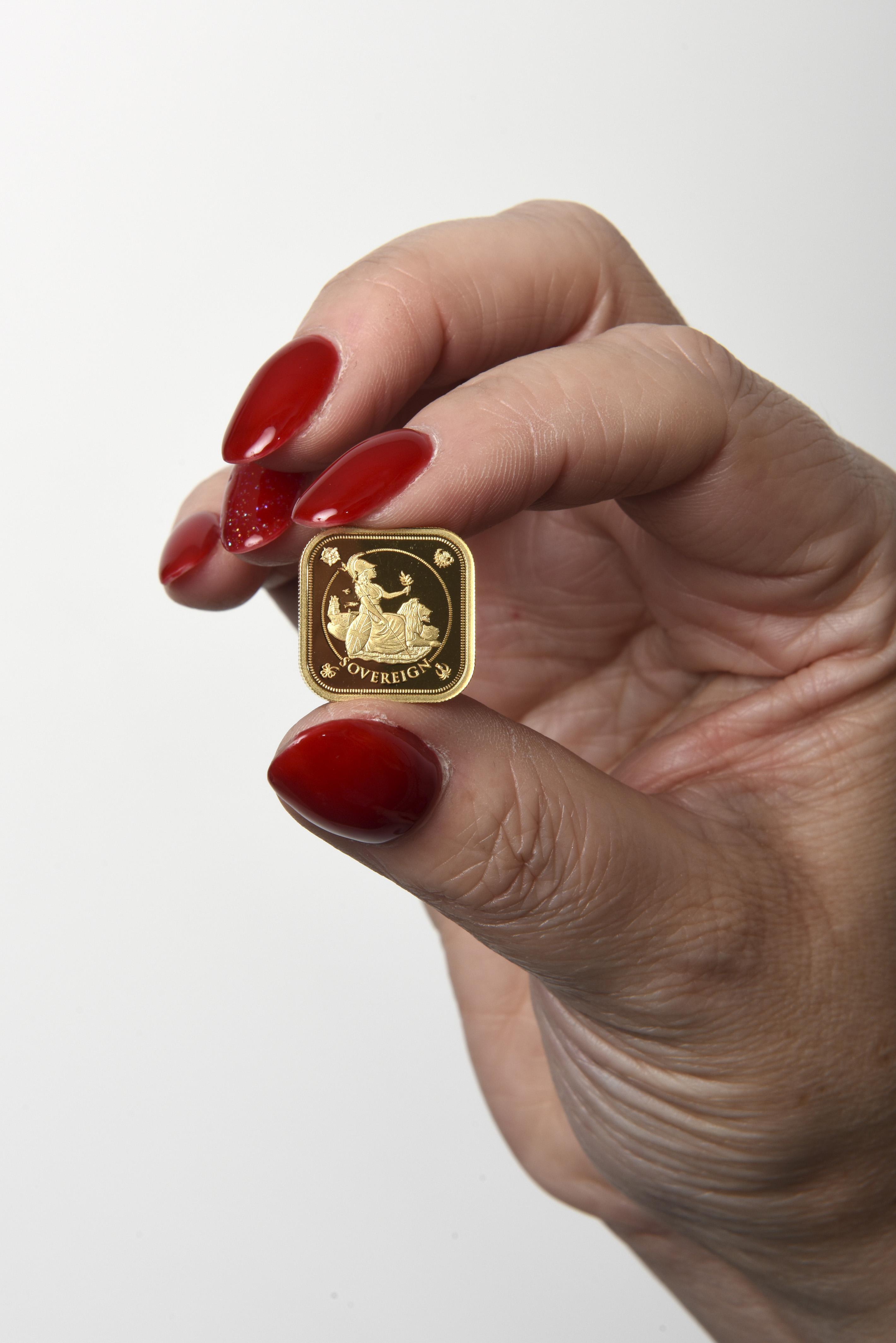
Now you’ve started your coin collection and are enjoying adding world-first and limited edition coins to your collection, it is important to understand how to take care of your collection and prevent any damage.
Here, we will be explaining how to store, handle and enjoy your coin collection so that you can treasure them and keep them in mint condition for future generations.
Different types of coins:
It’s important to understand the difference between the two types of coins: circulation and proof.
Circulation coins are the type of loose change we use day-to-day and can be handled with bare hands. These coins are only struck once, meaning the coin die, an inverse version of the image to be stamped into the coin, is only pressed into the sheet metal on one occasion. Thousands of coins are minted per hour, meaning the quality of the strike is just functional, not spectacular.
By contrast, the striking of a proof coin requires an intricate process, which allows no more than 50 coins to be produced per hour and creates a high-quality, treasurable product.
The coin dies are hand-finished and air-cleaned between each strike and the blanks are fed into the coin press by hand. These coins can be struck up to six times and are struck at a lower speed with less pressure, and in a dust-free environment. Each sovereign is then hand-inspected post-strike to ensure the absence of any imperfections. If minted correctly, the coins will have an unblemished mirror finish, with a sharpness to the coins’ detail.
Storage and handling of coins:
 Proof coins should never be handled by hand. They are almost always supplied in a plastic capsule which protects them from the elements, as removing them could tarnish the coin. Most reputable dealers will also supply proof coins in a presentation case. If, for any reason, the coins need to be removed from their plastic capsules, the following guidelines should be followed:
Proof coins should never be handled by hand. They are almost always supplied in a plastic capsule which protects them from the elements, as removing them could tarnish the coin. Most reputable dealers will also supply proof coins in a presentation case. If, for any reason, the coins need to be removed from their plastic capsules, the following guidelines should be followed:
- Wash your hands as the chemicals and natural oils on your fingertips can lead to corrosion
- Use cotton gloves to avoid fingerprint marks which can damage the coin’s appearance
- Ensure you handle the coins only by their edges, and hold them in the correct way between thumb and forefinger
Cleaning of coins:
If you are wondering how to clean your coins, the simple answer is: don’t do it! Cleaning coins can result in significant damage, small scratches, spots and marks, which reduces their value and hinders the quality of your coin collection.
Older coins are expected to show some signs of age, which is known as toning, and is often part of the appeal for collectors. Coins don’t always have to be shiny.
By following our this guide on how to correctly store and handle your coin collection, you’re well on your way to becoming an expert coin collector. If you’ve got any questions, our team are available from 9am – 5pm, Monday – Friday on 0333 234 3103.


